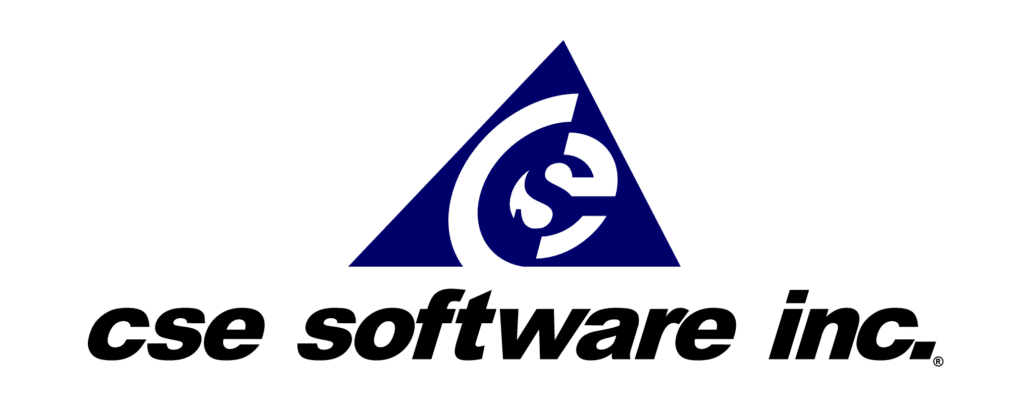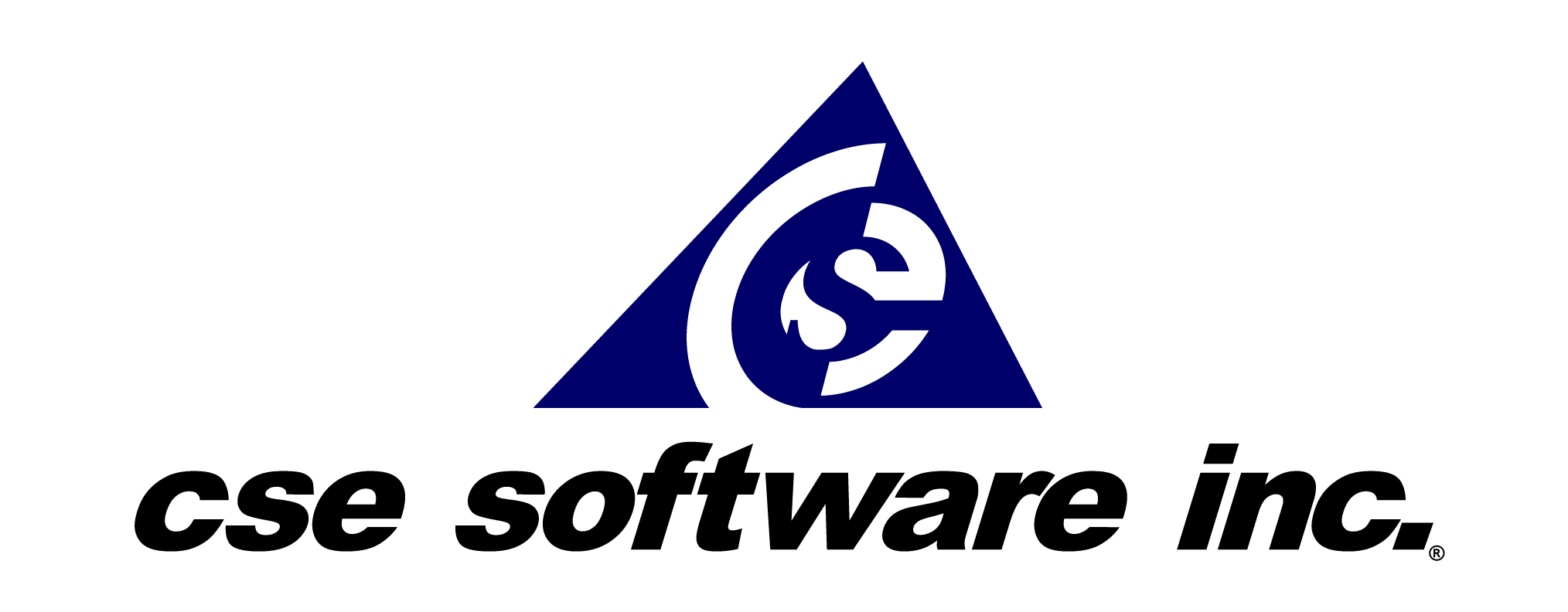There are many approaches that companies can take to make their staffs competent and skilled, but one of the best is eLearning software development. In addition to providing in-depth instruction on a variety of topics that are often complex and sometimes confusing, eLearning and other forms of digital training are excellent for covering all three styles of learning. While some sorts of expertise lend themselves to certain methods of instruction better than others, a comprehensive package of tools and strategies is perfect for helping to instruct all kinds of learners. Here are the various types, as well as some examples of how eLearning helps staff members to internalize important information and skills.
Visual
A visual learner is someone who is naturally drawn to remembering and memorizing things that are seen. Imagery and light are very important to such people, but visual learners are also affected by other kinds of stimuli. For example, these workers or students often speak very quickly and become bored or impatient when others don't do the same. They frequently interrupt others or struggle to keep themselves from interjecting because their minds are moving so quickly from one thought to another during the course of a conversation.
Visual learners essentially think in ideas, meaning that they aim to compartmentalize large concepts into simple items or objects. This causes them to form mnemonic devices that makes the memorization of big pictures relatively easy for them. They are best taught by discussing things, as they're apt to attach words to pictures that they've formed in their minds by describing them to themselves over and over again.
Some of the best eLearning software development tools for visual learners involve drawings, charts and diagrams, which they will use to jog their memories and inspire conversations about topics they've studied. Breaking long passages and complicated ideas into smaller chunks that can be digested and repeated again to others is a great help to visual learners.
Auditory
While it may seem counter-intuitive, an auditory learner will actually speak slowly. This is because they're natural listeners and want to make sure that others can hear them and understand what they're saying. Unlike visual learners, they choose their words more carefully and want to be able recall as many details as possible about the things they're studying. Rather than evoking things that a visual learner would with a lot of words and imagery, auditory learners are more apt to remember things very much the way that they were presented.
Verbal explanations are better for these kinds of pupils because they'll listen to what's being said and repeat it back to other students or instructors for confirmation that they understand it. As such, the social aspects of education are very important for auditory learners. Essentially, they need to sound things off of others to verbally create as accurate a picture of a concept as possible. This means media sharing will be incredibly important in custom software development efforts, because it will allow them to get the opinions and thoughts of each other to reflect upon what they've learned. Repetition is also helpful, as it gives them the chance to verbally repeat things again and again until they have internalized them.
Kinesthetic
These kinds of learners are actually the slowest of all, especially when it comes to speech. That's because above all else, they're very slow to come to any definitive decisions. They don't consciously make decisions about things in a conscious way. Instead, they feel their way toward an understanding of concepts, not stopping until they feel certain that they've figured something out.
Kinesthetics are the most likely to use every sense to learn something, which makes eLearning software development perfect for training them. In addition to the text and images that traditional learning materials allows them to learn from, they'll be exposed to video, simulations and audio files that helps them to deeply learn concepts and ideas. They also succeed when they're able to manipulate physical objects. Tablets, mobile devices and other sorts of technology give them this opportunity and allows them to build their confidence before actually handling equipment or materials that they'll eventually need for work.
All methods
The best part about eLearning and simulation software is that it doesn't confine companies to one single sort of teaching method nor one single learning experience for pupils. Custom programs can be easily designed to appeal to each type of learner so that different kinds of employees can learn at their own paces. In fact, classes may not even require different instructors to appeal to different sorts of workers. Students can basically use mobile devices and computer programs to complete the tasks that teachers set before them by using their own inquisitive methods and investigative techniques until all skills have been internalized.
Contact Christy Beiermann at cbeiermann@csesoftware.com or 1.309.263.7595 and ask for an eLearning and simulation demo today!

